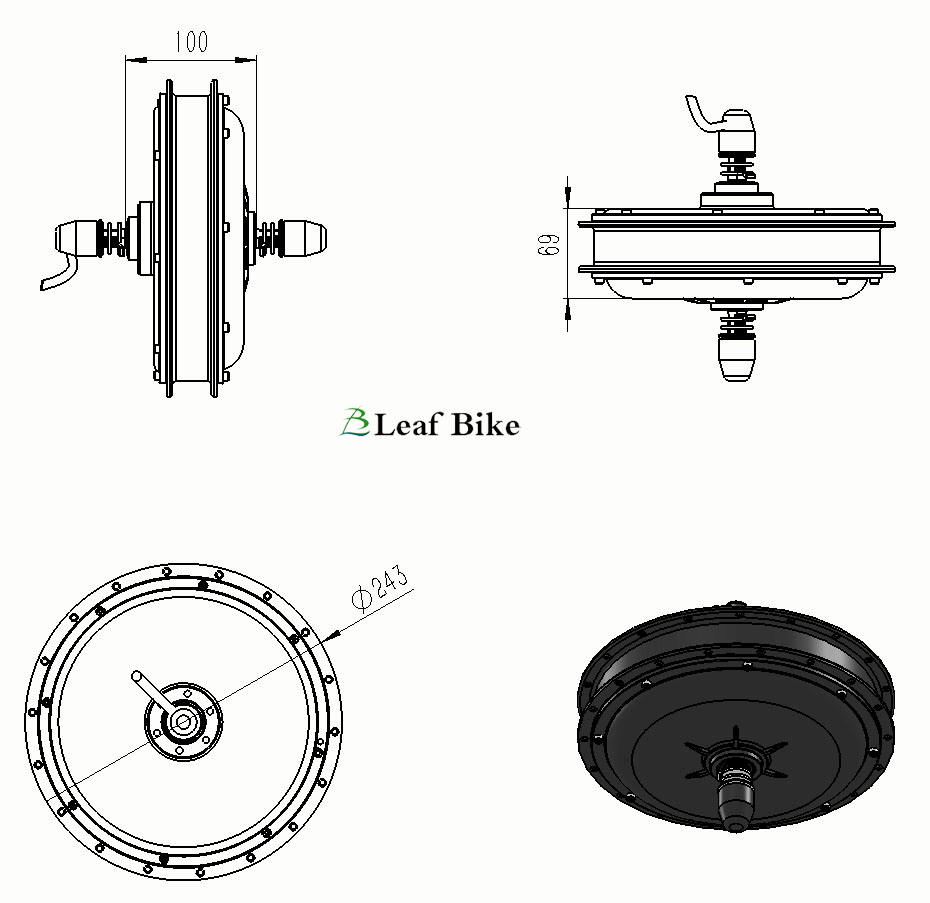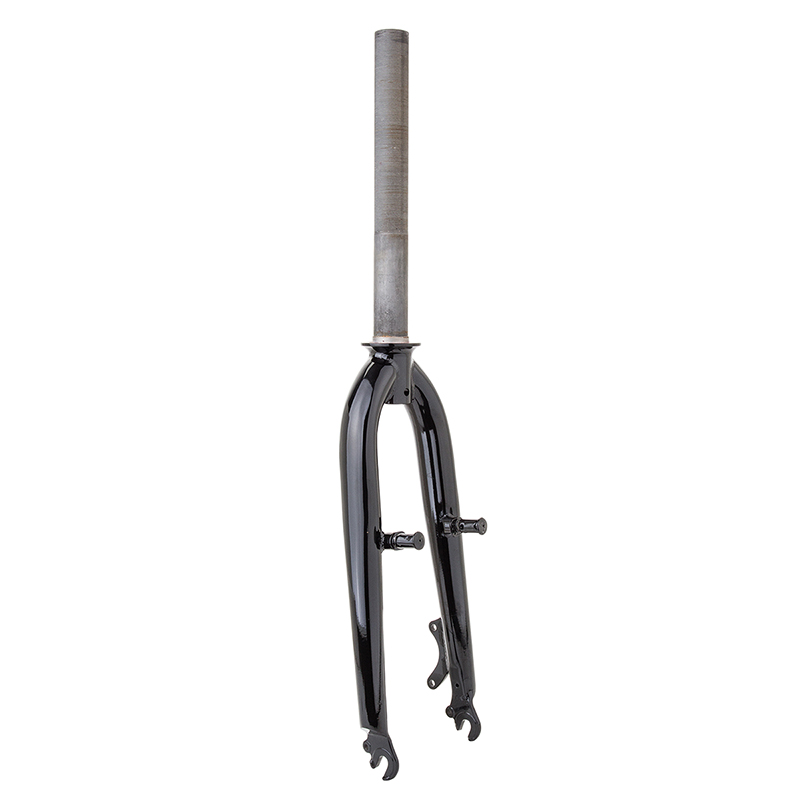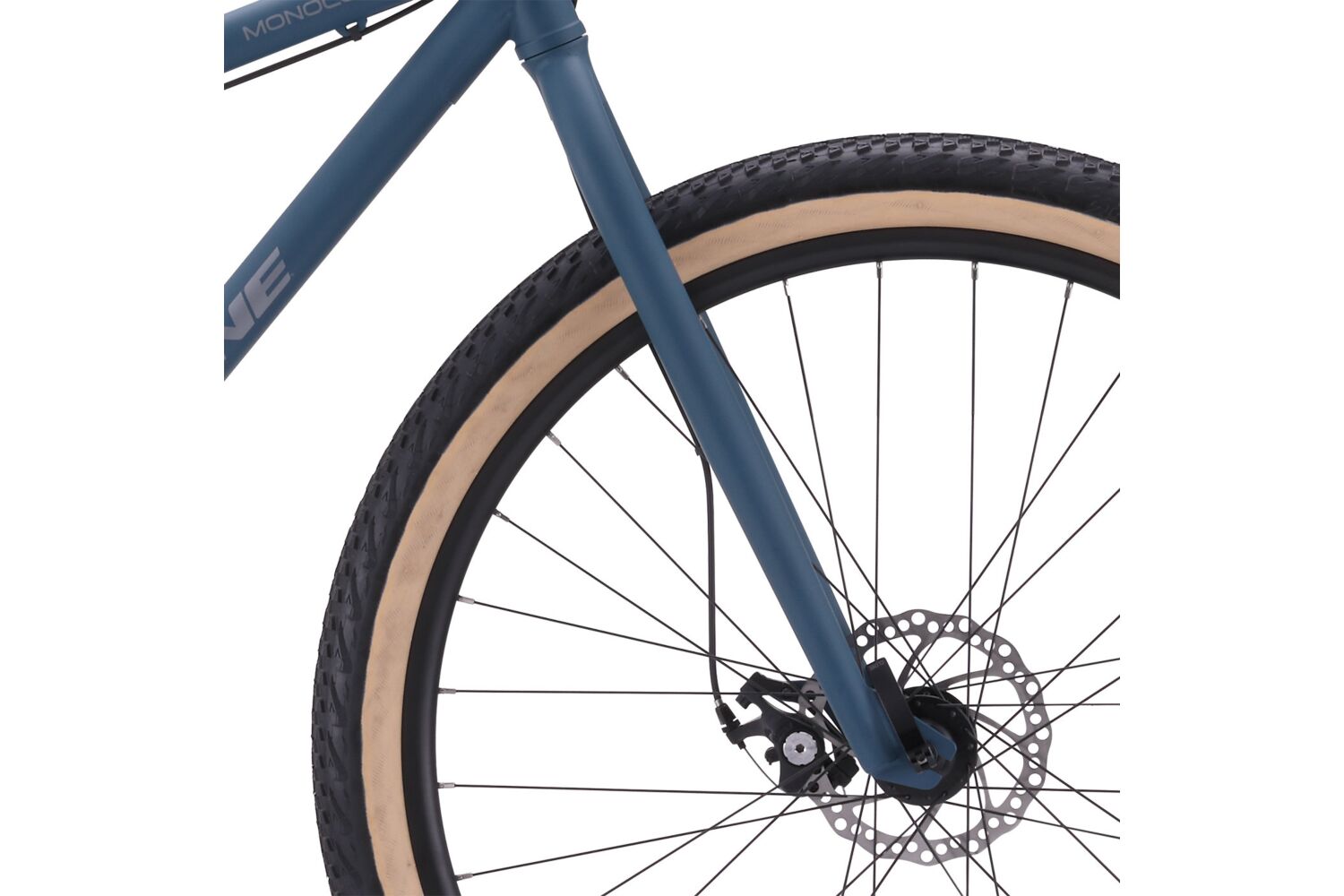ebike4healthandfitness said:
Balmorhea said:
If you want to get the very best from a hub motor, then use a small wheel
Agreed ----> https://endless-sphere.com/forums/viewtopic.php?f=3&t=108781&start=75#p1593391
Balmorhea said:
-- but it will beat you up.
If the tire is narrow then yes the pressure will have to be high because the diameter is so small.
But if a wider tire can be used then the pressure can be lower.
What were you using?
The effect I'm talking about is independent of tire size or pressure. A small diameter wheel falls deeper into dips in the surface, and rises more abruptly onto bumps and steps. If you have a hard time understanding the implications, go rent a dockless e-scooter and see what I mean.
It doesn't help that a smaller wheel has a shorter contact patch than a larger wheel, and must be run at a higher minimum pressure.
I have a bike with a 29" front hub motor wheel, and a front loading cargo bike with a 20" front hub motor wheel. Both have used 2" to 2.1" tires for as long as I've had them. They both work fine for their respective purposes, but the small wheel on the cargo bike punches me, and my groceries, a lot more fiercely and often-- even though it's slower.




